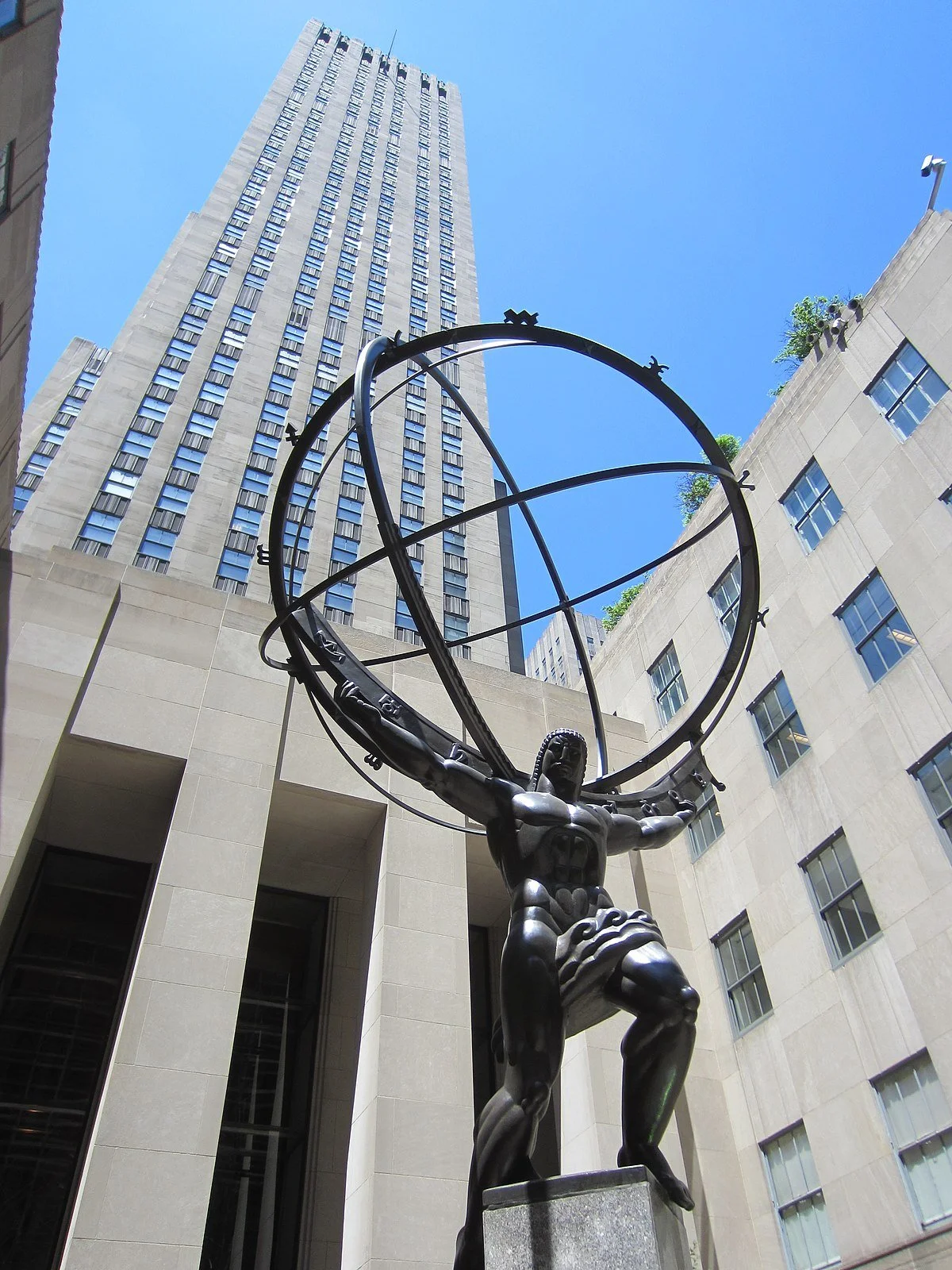Making Dollars Using Sense
Above: Money on the mind is good. Money in the pocket is better.
By and large, my writing tends to focus more on books and bromides, psychology and philosophy, behavior and the brain. These topics not only fascinate me, they also allow for ample exploration of the whys behind our panoply of human whats. When delving deeply into them, I strive to extract a modicum of capital-T truth that nudges my subjective perception closer to objective reality.
That said, though important, abstract discussion represents just one component of this complex equation. Equally, if not more, important is its strange bedfellow: practical application.
Action cements theory; after all, no one becomes a scratch golfer merely by watching the PGA Tour. You have to grip an iron, take a swing, and leave a divot.
As such, from time to time I descend from metaphysical Clouds of Aristophanes in an attempt to corner, to attack head-on, a more practical, down-to-earth subject (pun very much intended). Whether investing or irony, the world holds no shortage of wonders that intrigue me. Regarding the former, I wrote the below just last week:
As for me, I want to help people help people; to invest my time, treasure, and talents into others so that they might realize who they might become or what they could offer the world.
In this way, I view investing as no more than the allocation of assets in order to help people. Whether capital or compassion, belief or bullion, I have found that any genuine investment in another human being pays the handsomest dividends.
The above elicited a sizable number of thoughtful replies, comments, questions. Many readers felt that I adequately covered the why behind investing but not its equally important cousin: the what. That is, I touched on why investing is so very important, but glossed over how best to allocate one’s limited time and treasure for outsized—or even exponential—personal, professional, and financial returns.
Investing has always been near and dear to both my head and my heart. To me, markets of various shapes, sizes, and speeds serve as fertile ground for curious minds. These complex systems give rise to opportunistic behavior governed by lucrative incentives. As such, they shed a great deal of light on why people act the way that they do.
It’s no wonder that a favorite book of mine is titled: Investing: The Last Liberal Art. Though worth a read in full (and a good number of routine rereads at that), the below quote captures the book’s overarching thesis:
[E]ach discipline entwines with, and in the process strengthens, every other. From each discipline, the thoughtful person draws significant mental models, the key ideas that combine to produce a cohesive understanding. Those who cultivate this broad view are well on their way to achieving worldly wisdom.
To me, prudent investment lies upstream of economic growth. It serves as the seeds, the sunlight, the water, and the careful cultivation that bears a bountiful future harvest. With it, abundance and cornucopia; without it, drought and famine.
Relatedly, in his Stubborn Attachments economist Tyler Cowen offers a masterful defense of the moral imperative for sustainable economic growth. The title itself refers to our societal need for a more “stubborn attachment” to both prosperity and freedom. Below are three quotes that aptly articulate his thorough line of argumentation:
The history of economic growth indicates that…growth alleviates misery, improves happiness and opportunity, and lengthens lives. Wealthier societies have better living standards, better medicines, and offer greater personal autonomy, greater fulfillment, and more sources of fun.
Robert E. Lucas, Nobel Laureate in Economics, put the point succinctly: “Once one starts to think about [exponential] growth, it is hard to think about anything else.”
New ideas are the product of human reason; it was Aristotle who defined man as the rational animal. A preoccupation with pursuing growth—or some modified version of the growth ideal—therefore means a preoccupation with ideas, a preoccupation with cultivating human reason, and a preoccupation with the notion that man should realize, perfect, and extend his nature as a generator of powerful ideas that can change the world…We do have an obligation to work hard, save, invest, and fulfill our human potential, and we should take these obligations very seriously.
In light of these very serious obligations, what follows are some brief, tangible thoughts on the last liberal art—that fascinating, fast-moving font of disciplined thought and action.
The below emerged from a number of conversations—read as: lessons—with one of the most adroit thinkers and shrewd investors that I know: Will Quist of Slow Ventures. Look him up, he may well be the most interesting, intelligent, fun allocator you have never heard of.
Preamble
In investing and in life, most true principles are universal. If you can find and apply these principles with any consistency, you can start tilting the odds very much in your favor.
As Peter Thiel famously wrote, Competition is for Losers. When holding fast to first principles, you play an entirely different game than your peers. This is the road not taken—any potential “competition” is marching to the beat of the pundits’ drum, not that of harmonious mental models.
From my indiscriminate reading, I have found that great investors across asset classes have more in common with one another than mediocre investors focused on particular asset classes.
Per Michael Mauboussin’s The Success Equation, investing is a luck-based endeavor. Because of this, your process is the only thing that you have to improve your lot/odds. That's it.
By following an informed decision-making process (and making said process increasingly accurate) over and over again, you increase the possibility and probability of your portfolio’s outperformance.
Understanding the enterprise value landscape and its many constituent levers is necessary to improving this process.
First Principles Inform the Process
Across asset classes, there are some universal principles that great investors use to generate outsized returns. All of these individuals have internalized both what it means to build value and how best to recognize it.
Investing is no more than a scientific process. It consists of three major steps:
Identifying a hypothesis about how the world works.
Tapping capital in order to fund the testing of said hypothesis and to generate the data indicates the likelihood of its inevitability.
Replicating the experiment at increasing scale, so as to lower the margin of error underlying the solution to your hypothesis.
Eventually, when you have a loose semblance of hypothesis-solution fit, you arrive at questions of sizing and valuation. This is where a number of crucial levers come into play.
Cracking the Enterprise Value Nut/The Four Levers
Investing is nothing more than assessing and making sense of the potential, possible, and probable enterprise value and market size of a given product or solution.
Every investor is trying to uncover enterprise value in a way that other investors are not seeing. Undiscovered assets—let alone markets—that are categorically mispriced represent holy grails and mother lodes.
If you are playing in the right sandboxes, fishing in the clear blue oceans, you need not worry about being “late” to a market, asset, trend. By positioning yourself around the proper people, places, and things, you catch wind of those trends that are just getting started.
No matter the business, market, trend, or asset, the makeup and interaction of four major levers determines whether an idea can develop into a high-quality, equity-efficient business model.
These four questions are:
What is the product’s absolute value? Can you quantify—in dollars—the potential of Return on Investment?
What is its relative value? Is this solution incrementally better or dramatically better than what’s out there?
How much did the market spend to solve your problem last year? If you are much better (or cheaper while maintaining equal efficacy) than the existing mousetrap, you have the ability to capture that sum of money.
What is your moat? How is it defensible? It is important to note that not all moats are created equally.
Closing
In short, investors are looking to determine how much equity it takes to kick off sizable cash flow that leads to compound growth that can be reinvested into a given business.
They are asking the question: How does some desire to solve a persistent problem with a moated product in a large market grow into in a sound, scalable business model that compounds capital?
What you want to find is a truly differentiated product or service with a wide moat, generous cash flow, and sensical relative/absolute value in a vast market. Over time, you will find only a few companies that meet these standards. When you do, you ought to concentrate your bet, swing for the fences, and think in years (if not decades).










